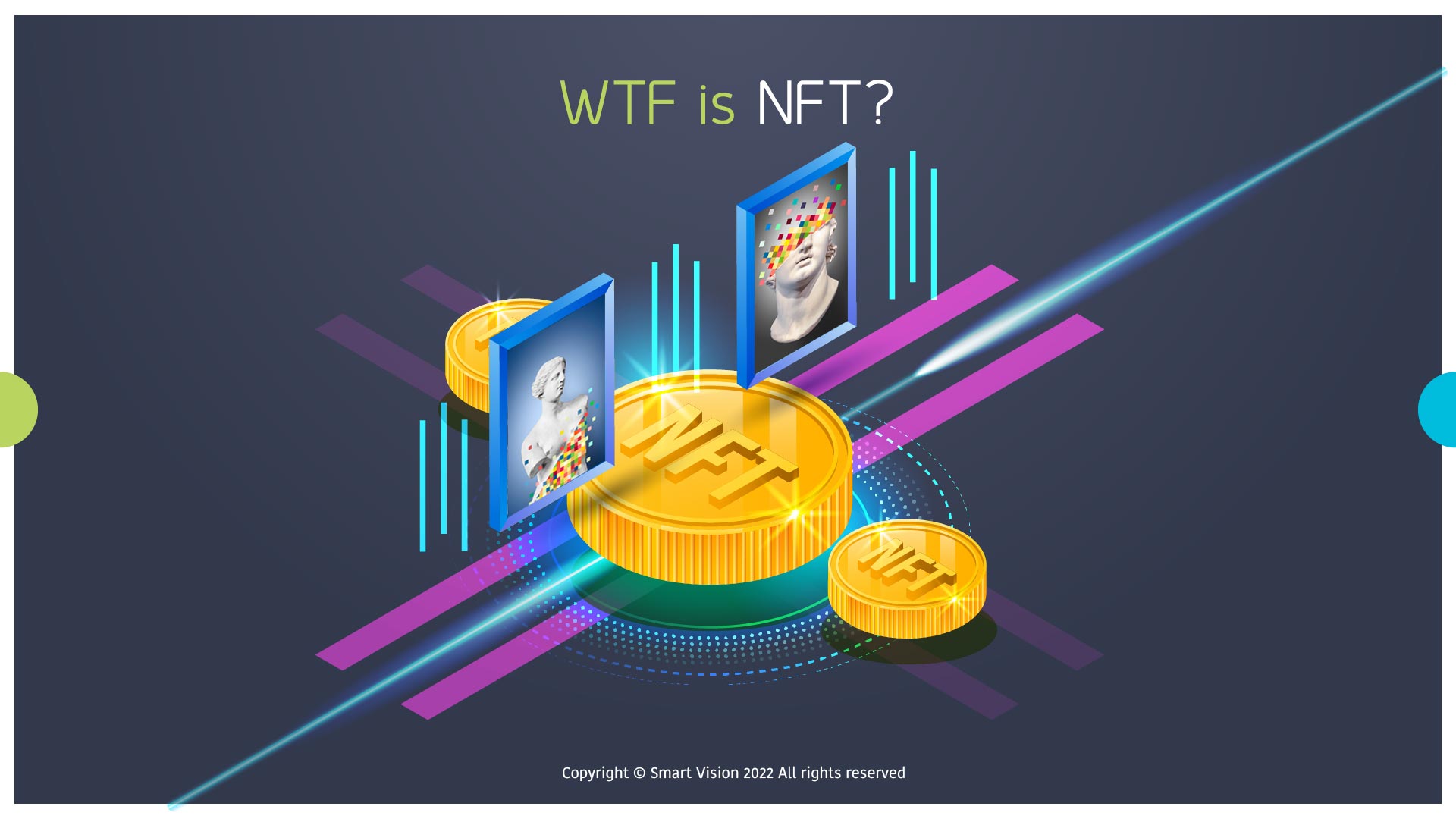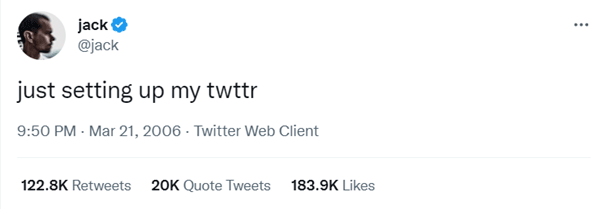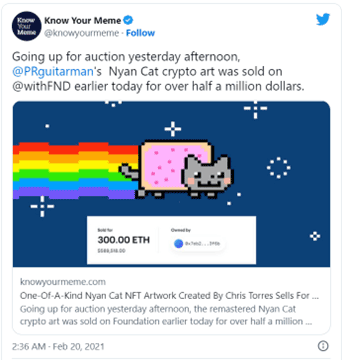After exhausting all the possibilities of Web 2.0, which focused on reading and writing content, it’s time to move on. Web 3.0 is a further step forward in the democratization of the Internet, as it focuses on the creation of content, uses blockchain technology and a token-based economy, and allows everyone to trade on the Internet. A special novelty brought to us by Web 3.0 is NFT or the non-fungible token.
The essence of NFT
Like cryptocurrencies, such as Bitcoin, an NFT is a digital asset that can be bought and sold, just like any other thing you own. What makes it different from previous cryptocurrencies is that it is tokenized, which means that each one is unique and there is not one even remotely similar. In addition, tokenization implies that the owner receives a digital certificate confirming ownership over the token. Also, the word “non-fungible” indicates the special value of the token, because unlike Bitcoin, which carries a fixed value but can be exchanged, an NFT is unique and there is nothing that it can be exchanged for. If we were to translate them into the real world, NFT would be the “Mona Lisa” – priceless and irreplaceable.
NFT and blockchain
Blockchain is a database where digital information is stored, chronologically. These databases are decentralized, which means that they can be bought and sold without the intervention of banks and similar intermediaries. To begin with, you need to have a digital wallet, in order to store your purchased NFT. And when it comes to shopping, real money is useless because the payment is made with cryptocurrencies like Ethereum. The choice of cryptocurrency depends on the owner or the platform where the sale is made, but most platforms use Ethereum. The difference between buying NFTs and real items is that you cannot take your NFT and hang it on a wall like you could if you were to buy a Mona Lisa. When purchased, NFTs are stored in a public blockchain ledger that can be accessed by millions of computers around the world. That record serves as proof of ownership and value of the NFT sold.
Why is NFT worth so much?
Just like people think of cryptocurrencies as the digital world’s answer to traditional money, some see NFTs as the digital answer to IRL art collecting. And given that non-digital artworks are resold for large sums of money, it only makes sense that that valuation should be carried over to the digital world as well.
So we have a case of one tweet, the first one ever written in 2006, which is worth 2.9 million dollars. The five words “Just setting up my twttr” written by Twitter co-founder Jack Dorsey were bought in 2021 by Sina Estavi, director of Bridge Oracle and owner of Cryptoland, one of Iran’s largest cryptocurrency exchange platforms.
Apart from digital milestones, digital works of art, such as images, GIFs, and music, also fetch large, sometimes million-dollar prices. One of the most famous is the Nyan Cat GIF, which sold for just over half a million dollars.
However, unlike the real world where only one person can be the owner of one piece of art, in the digital world, the situation is a bit different. The owner of the NFT can offer the token in whole or in parts. This is how the most expensive NFT so far – The Merge – was sold. There are exactly 28,983 new owners, and they shared 312,686 pieces of this artwork among themselves. The initial price of one token was 575 dollars, and it increased by 25 dollars every 6 hours. By the end of the auction, the total value of the NFT reached an incredible $91.8 million.
Where to buy NFTs?
NFT markets are like shopping malls in the real world. Before deciding on your purchase you can view the current offer. Apart from the appearance, you can find out who were the previous owners of the desired toke. The largest digital market of NFTs is called OpenSea. The company was founded 5 years ago and owns over 2 million collections, and 80 million unique works, and has earned an estimated $20 billion so far. This platform is also interesting because you can create your own NFT without knowing blockchain technology. You just need to send your work to the employees who will do the necessary protection but also market the product on the platform on your behalf.
In addition to digital galleries and markets, recently real-world NFT stores have popped up around the world. There are currently galleries/stores in New York and London, with Dubai being the next city to plan opening stores. In addition to selling tokens, these galleries and stores serve as places where anyone can stop by and educate themselves about all things NFT, which will help bring this novelty into the mainstream, and perhaps find its place in the real world.







